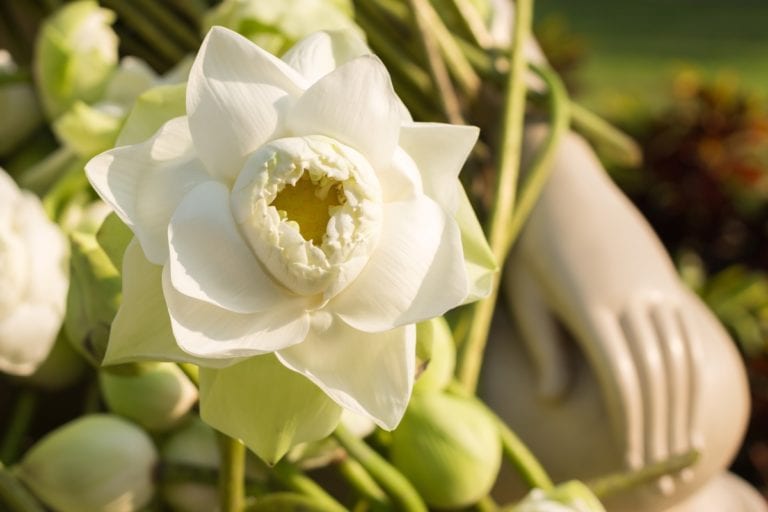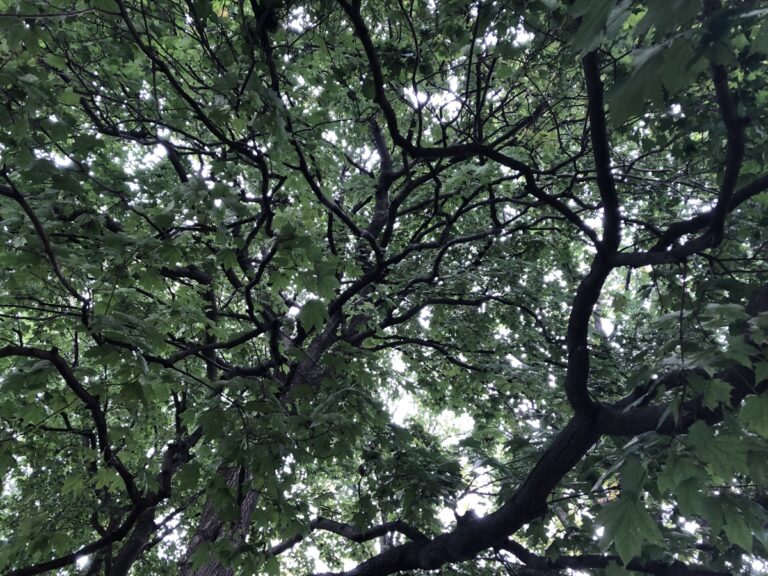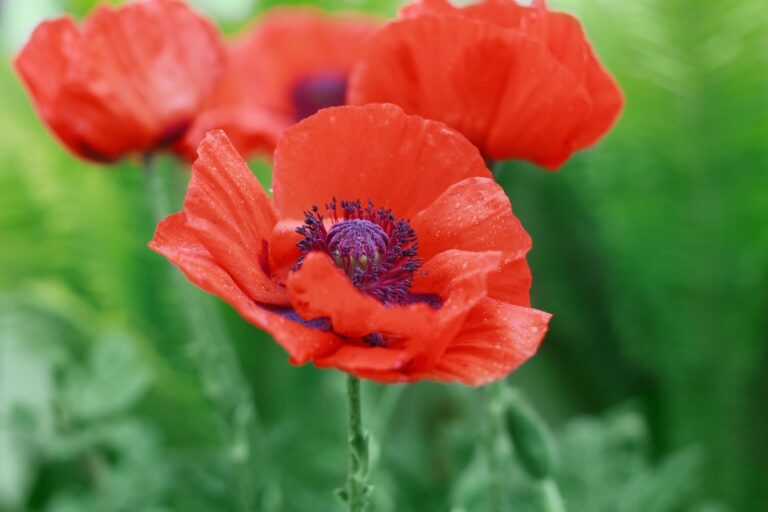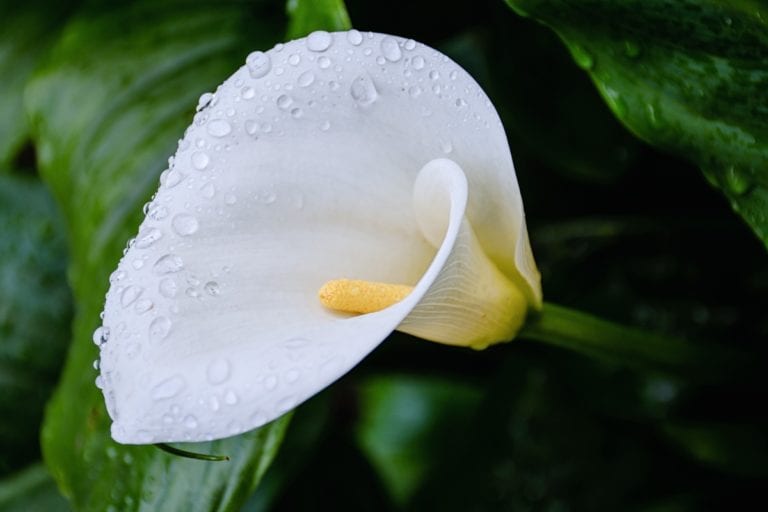March 2019 Audio Meditation
If you would like to see this meditation with images from nature, here’s the YouTube version…
Meditations, experiments, books and guided meditations to assist with nourishing spirituality, healing childhood wounds, and living more consciously.
Meditations, experiments, books and guided meditations to assist with nourishing spirituality, healing childhood wounds, and living more consciously.
When I was young, my grandmother taught me a practice called “breathing color” as a tool for healing and settling in. She was my first spiritual teacher, from whom I learned to meditate and to attend to the spiritual side of reality as a part of daily living and color breathing became one of the tools I called on regularly in those early years. Read More “668th Week: Breathing Ease”

What if it were possible to move through the world filtering negativity in much the way oysters filter the water they live in? Because of my belief in collective consciousness, I’ve often thought of oysters and the role they play in helping to clear and clean water. The other day, I saw a video of oysters cleaning the water in a glass tank, and it always inspires and amazes me how nature generates what is needed to bring balance and healing.
Here’s another question. What if each of us could hold the intention to carry into our daily activities qualities such as kindness, compassion, collaboration, and respect for others, and what if these qualities were able to act as filters for the collective negativity currently being expressed in our world? Read More “685th Week: On Being An “Energy Oyster””

Sitting in Central Park on a Saturday morning, a couple walked by with two adorable small dogs. One was on a leash and the other ran free. One member of the couple needed to walk back to see if she had dropped something and, as she returned, the dog on the leash saw her and began to excitedly wiggle and run toward her. What I noticed were her smile and delight in greeting the dog and it reminded me of the power of appreciation shared with a smile.
There’s a concept called “heightening”, offered by David Spangler, a spiritual teacher and guide. What the word addresses is the natural response of “coming to life” and becoming more energized when we feel seen, acknowledged, appreciated, and celebrated. Watching the dog brought to mind the inflow of life energy that is naturally experienced when we offer and are offered delight in someone or something else.
This brings to mind a practice I’d like to invite you to play with this week. As you move through your regular daily routines, take a moment when appropriate to offer appreciation and a smile to the people you encounter, as well as to the other-than-human lifeforms you engage along the way. Remember to include as much of the world around you as you can and then notice the quality and tone of your inner experience as you do. Not only will you be “heightening” the enlivened experience of everything around you, but expressing appreciation will tend to heighten the enlivened experience within you, as well.
Read More “851st Week: Sharing Smiles, Offering Appreciation”
This month, we expand the everyday relationships you have with the world around you. Imagine you go to a store–notice how it is to recognize that when you enter the store, you are immediately in relationship with it. You have joined the community of presences that comprises the store. Take a moment to offer gratitude and blessings to the store and to everything and everyone within it, acknowledging within yourself the inevitability of relatedness, of community, every time you move in and out of a particular space, be it a store, a park, a recreational environment, any building–anywhere at all…
Please remember never to listen to guided audio meditations while driving or using dangerous machinery.
If you’d rather see images of nature as you meditate, here’s link to the youtube version…

In times of personal and collective distress, it’s important to have ways to re-center ourselves as we move through daily life, as we hear news reports of terrible things happening to people and the planet, and as we face the ordinary challenges and stresses of everyday life. One of the things I do each morning is take time to settle myself, even if I don’t have time to meditate or do my regular attunement process. Each of us may have a different way to settle ourselves. The practice that follows organizes itself around what I think is the fundamental importance of not only having a reliable way to ground yourself but also to have a commitment to do so each day.
One of the reasons I feel it’s so important to re-center and settle ourselves each day is because of the powerful impact of collective consciousness on all of us. Read More “718th Week: Supporting Re-Centering”

For many years now, I have explored and practiced a variety of mind-body approaches. This focus in my life came naturally, as I was raised in a family that followed a health-food-oriented physician named Henry Bieler. This was many years before that was a popular idea, so my family’s ideas about how to stay healthy were different from most of the other people in my world. My grandmother was also a healer, so I was immersed in an environment where alternative options to everyday physical ailments were also available… Read More “687th Week: The Inner Smile”